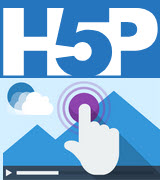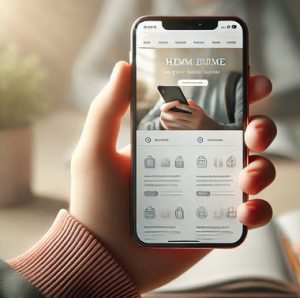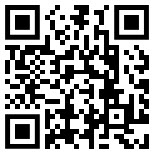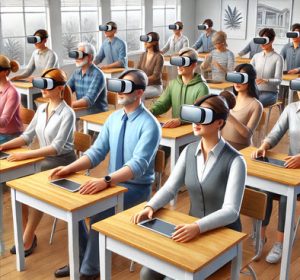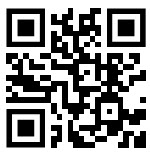
Using visuals is an integral part of our daily teaching practice; however, often, our visual aids are rather mundane. For example, one of the primary and most popular visual aid has been PowerPoint. Despite the benefits of using this tool, it can easily turn a classroom into a passive learning environment.
Having said this, there are other tools available through which knowledge and information can be transferred to students. One of the alternatives available is Kahoot. Now, many of us might have heard of or used this tool in our classrooms. Kahoot is a game-based teaching tool that teachers usually use to test student knowledge after their teaching is completed. However, Kahoot can be used for purposes other than testing. This post introduces Kahoot as a tool that can replace PowerPoint presentations Continue reading

